Examples of supermarkets’ tactics on price marking
In order to entice consumers to shop, it is quite common for supermarkets to display a “strike-through price” and an actual selling price in order to create an impression of a price reduction.
The Council conducted a survey on 4 supermarket chains, covering a total of 16 branches and 42 selected products. “Wellcome” and “Market Place by Jasons” were found to adopt this price marking tactics the most extensively, as 37 and 38 (about 90%) of the selected products, respectively, were labelled with a “strike through price” to imply a “discounted price”. “ParknShop” had 23 such products and “AEON” had 20.
Products with two prices in the 4 supermarket chains (see pictures below):
- Actual selling price
- “Strike-through price” representing (i) “retail price” in “ParknShop”; (ii) “standard price” in “Market Place by Jasons” and “Wellcome”; and (iii) a higher but not specified price category in “AEON”
These 4 supermarket chains did not follow the Enforcement Guidelines for the Trade Descriptions Ordinance (TDO) which require traders to clearly show the definition of the “strike-through price”. The chains might have misled consumers into believing that the “strike-through price” was the “original price”, giving an illusion that the products were being sold at a price reduced from the “original price”.
Conclusion of the survey – does ‘strike-through’ price necessarily indicate a discount?
From the 30-day survey, the Council found that “AEON” had 20 selected products marked in both “strike-through price” and actual selling price. Among them, 16 products (80%) had been sold at the “strike-through price” previously, which could be perceived as a relatively high percentage. As for “ParknShop”, 23 products were displayed with price comparison, of which 5 products (21%) had been sold at the “strike-through price”. “Wellcome” and “Market Place by Jasons” respectively had 37 and 38 products displayed with price comparison in a similar way, but only 6 of these products (16%) had been sold at the “strike-through price” previously, which was the lowest percentage among all.
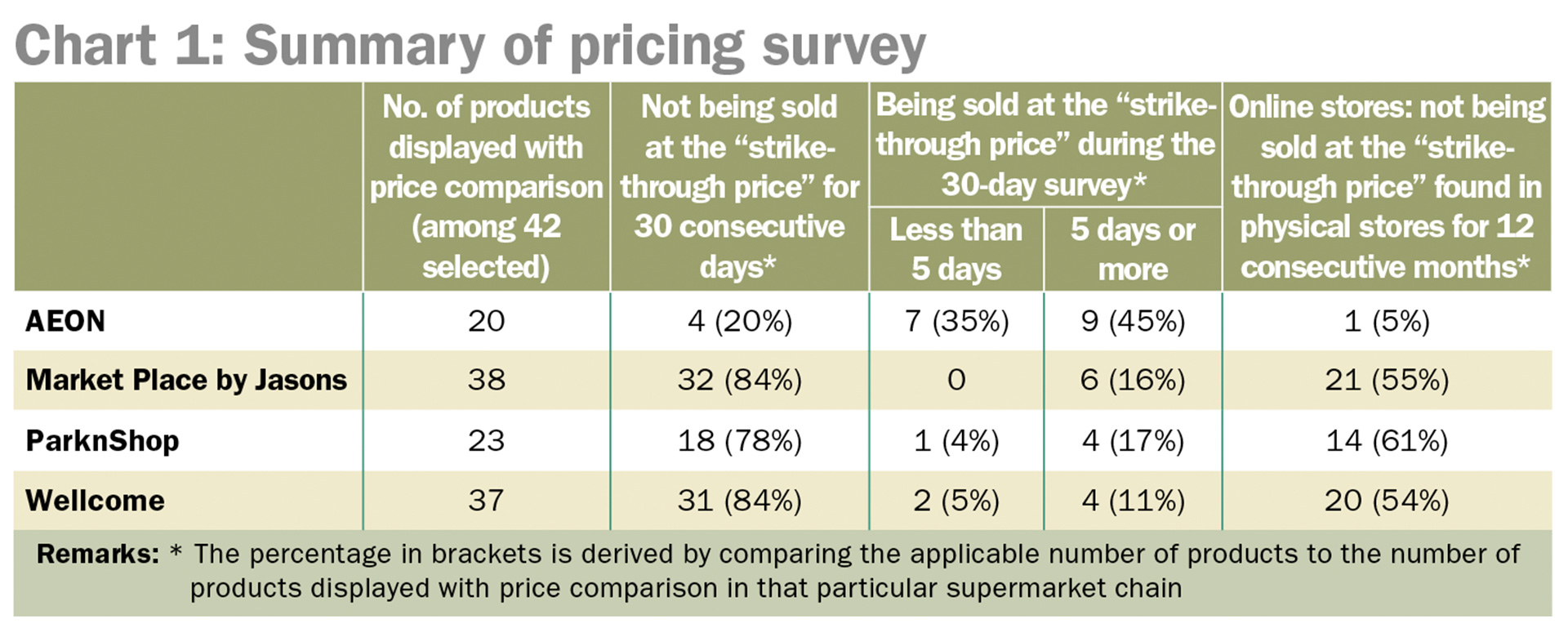
Is “strike-through price” equal to “original price”?
Sales promotions are supposed to be temporary events carried out within a relatively short period of time. “Sale price” suggests an urgency to buy during the promotion period. If the “original price” had only been applied 3 years ago, would it be considered as “previously applied”? Also, how does one define “original price”?
During the survey, the 4 supermarket chains did not show what the “strike-through price” represented. In the subsequent enquires made by the Council, “AEON” stated that the “strike-through price” was the “recommended retail price”. “ParknShop” replied that the “strike-through price” was the “retail price” and it would fluctuate according to the cost of supply, market conditions and demands. “Market Place by Jasons” and “Wellcome” only mentioned that prices were determined in accordance with market conditions and demands. The 3 supermarket chains did not provide any clear definition about the “strike-through price”.
What are the relevant provisions under the TDO?
So far there has not been any prosecution concerning the display of non-original price as the “strike-through price”. The "Trade Descriptions (Unfair Trade Practices) (Amendment) Ordinance" published by the Hong Kong Customs and Excise Department in July 2013 has put forward the following points regarding promotional prices:
- Traders who use terms in relation to prices (such as “sale price”, “reduced price” or “original price”) should make sure that the price reduction or discount is genuine so as to avoid misleading consumers.
- If traders choose to make price comparisons, they should be able to show clearly what prices are being compared, and to show that any claims so made are accurate and valid.
- If the “original price” is quoted together with the “reduced price”, the “original price” must be a price which has been applied by the trader to the same product concerned before. A price should not be regarded as the “original price” if it has never been applied to the product for sale or has only been applied to the product for an unreasonably short period.
- If retailers intend to display the “recommended retail price” of a product set by the manufacturer or supplier together with the actual selling price in order to make price comparison, they should clearly indicate that the former price is the “recommended retail price” so that consumers won´t confuse that with the “original price”, unless such price had been applied to that product for a reasonable period of time.
“Online Price Watch"
As there are many products in supermarkets, most consumers will make shopping decisions based on the prices they see on the products. If traders deliberately make the definition of the “strike-through price” ambiguous, consumers may not clearly understand the extent of the discount offer, which may, in turn, be rather misleading.
Want to be a smart shopper? Just save and make use of this very useful online tool!
https://online-price-watch.consumer.org.hk/
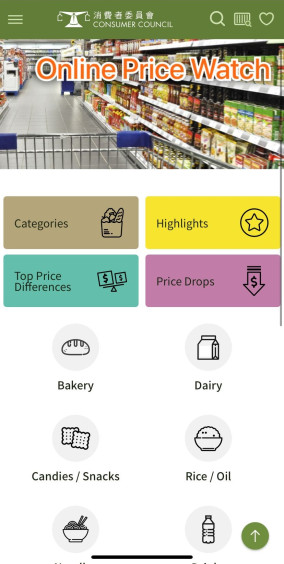
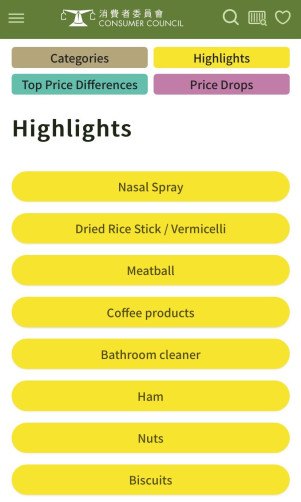
.jpeg)
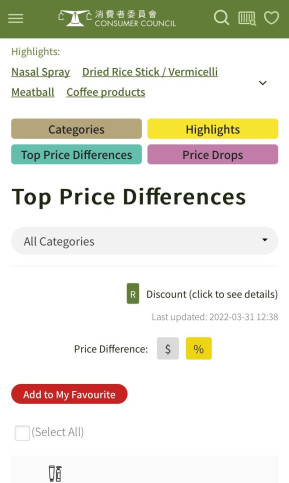
You can check the pricing information of your favorite products and avoid falling into the trap of “fake” price reduction!
When shopping in supermarkets, in addition to paying attention to the “original price”, “strike-through price” or discounted products, many consumers may be influenced by the "traditional wisdom", thinking that bigger or multiple packages are cheaper than smaller packages or single items. Is this really the case? You can find the answer in the article “How to Calculate the Real Selling Price in Supermarket? Calling for a Unified Unit Price to Help the Public Shop Wisely” (Chinese version only) in the issue #533 of CHOICE Magazine.
If you want to read the complete report on the survey or to find out if your favourite products were on the list, you can also refer to the article “Survey on Prices of 4 Supermarket Chains. Clarity and Authenticity on Price Reduction Labels Need Further Improvement” (Chinese version only) in issue #515 of CHOICE Magazine.


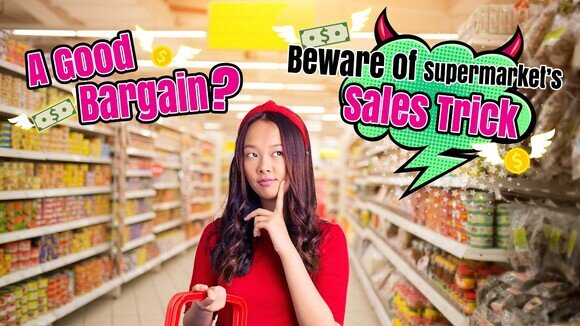

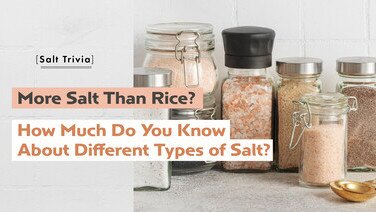



![[Handwashing Cold Knowledge] Debunking 4 common handwashing myths](/f/guide_detail/409326/376c212/43_4%E5%80%8B%E6%B4%97%E6%89%8B%E5%B8%B8%E8%A6%8B%E8%BF%B7%E6%80%9D_Eng.jpg)


